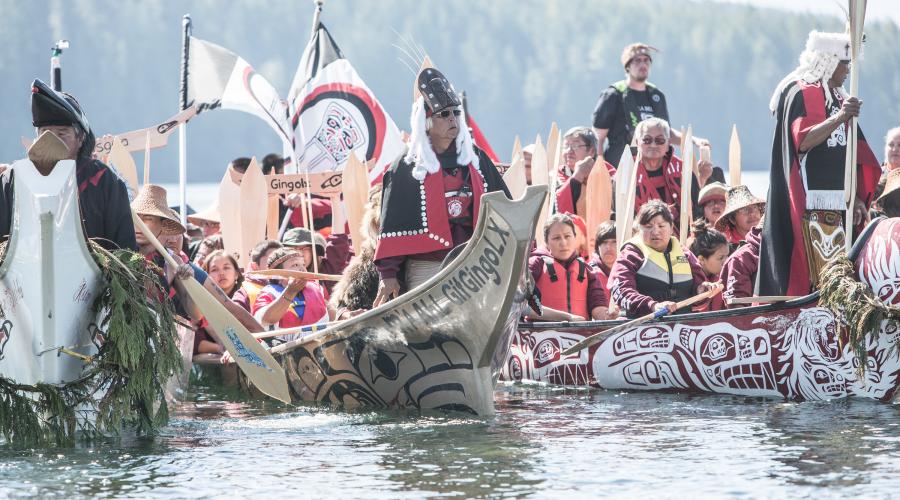
Co-governance exists where responsibility and authority for governing a particular area is equally shared between Crown and Indigenous governments, or where primary authority rests with Indigenous governments.
There are several leading examples of co-governed areas in British Columbia (such as the Gwaii Haanas National Marine Conservation Area, or the SGaan Kinghlas-Bowie Seamount Marine Protected Area), and in Arctic marine areas (such as Tallurutiup Imanga, Lancaster Sound National Marine Conservation Area Reserve, and the proposed Pikialasorsuaq, the North Water Polynya).
Right now there is a shift underway toward true co-governance of marine areas in Canada. A 2018 report from the National Advisory Panel on Marine Protected Area Standards recommended that “the government recognize the importance of Indigenous peoples’ roles as full partners in all aspects of design, management, and decision-making around marine protected areas.”
Governance and management measures are being developed that recognize the inherent jurisdiction of Indigenous nations over coastal and ocean areas. These measures will involve greater collaboration between federal, provincial, territorial and Indigenous governments, and take into account the livelihood, health and well-being of communities who depend on the ocean for the livelihood and way of life.
West Coast supports the development of co-governance arrangements for marine protected areas, including advocating for the inclusion of co-governance models for marine space in Canadian laws.
Learn more:
- Literature Review & Analysis of Shared Indigenous and Crown Governance in MPAs
- Tide turning on marine co-governance in Canada
- An Ocean of Opportunity: Co-governance in Marine Protected Areas in Canada
Photo credit: Kris Krug